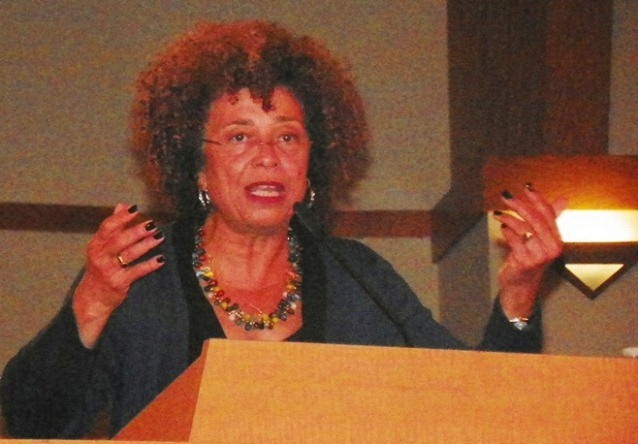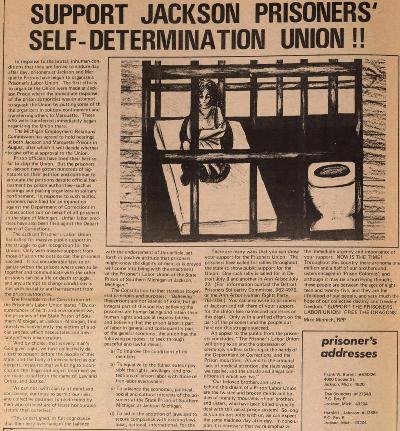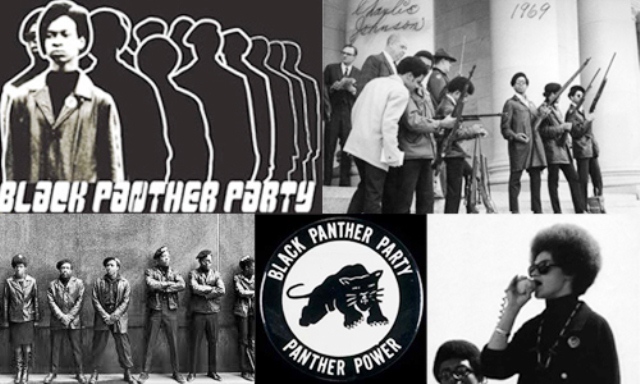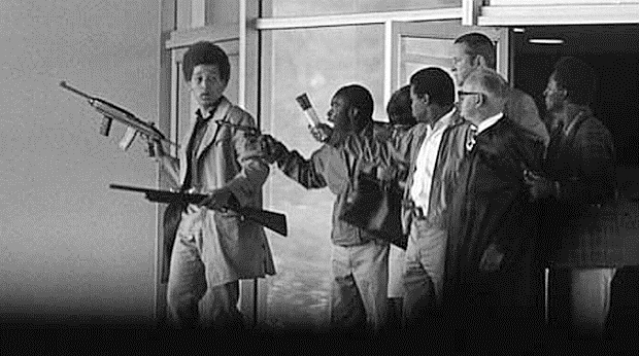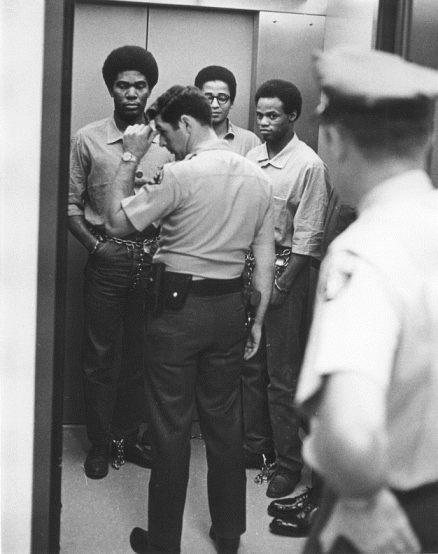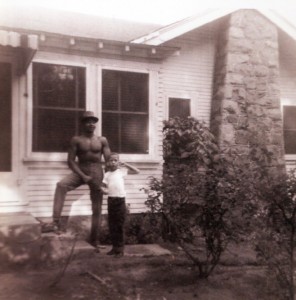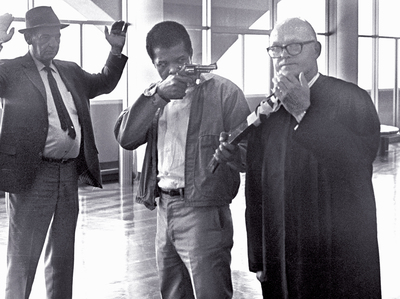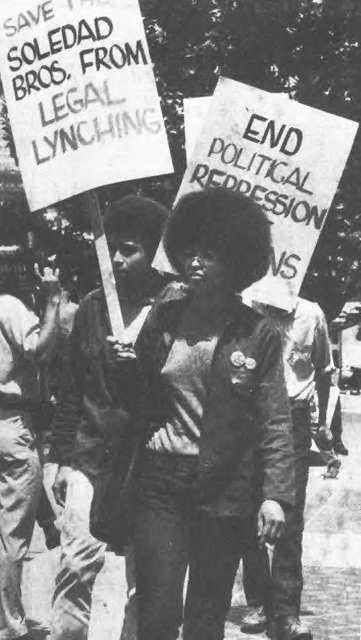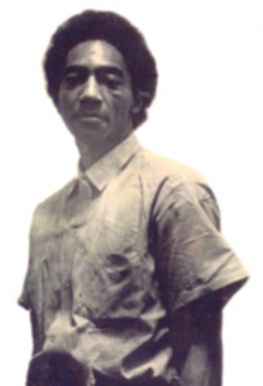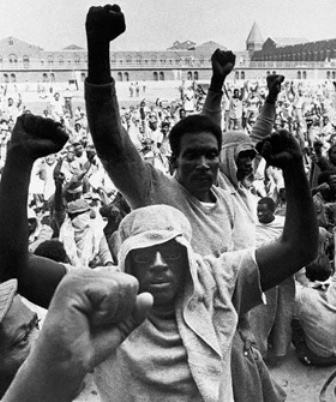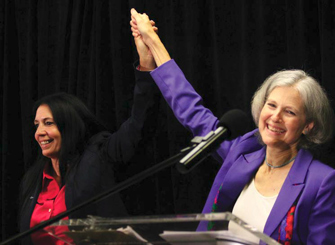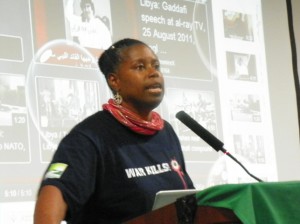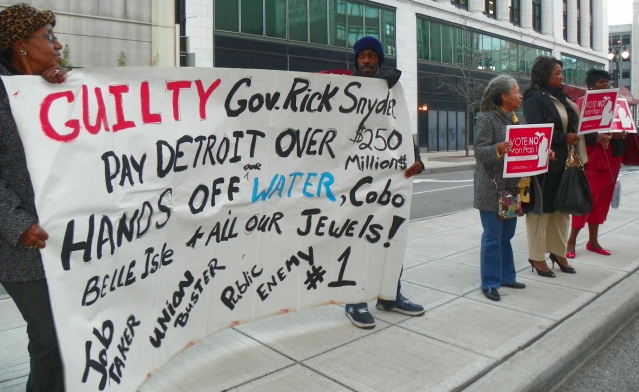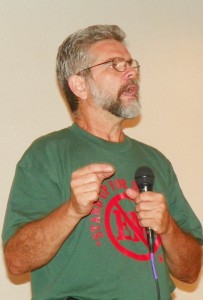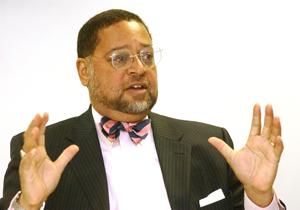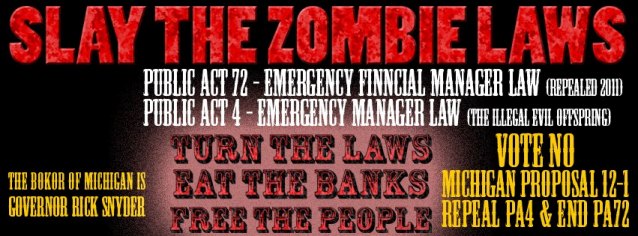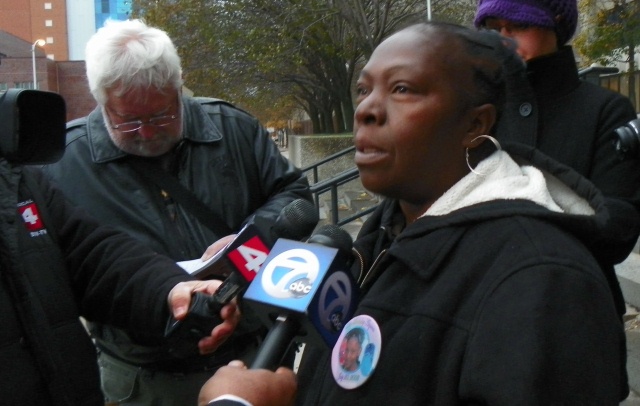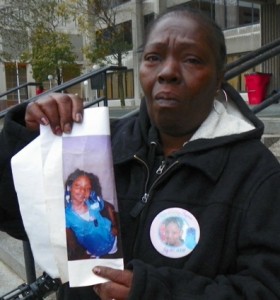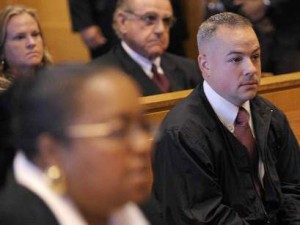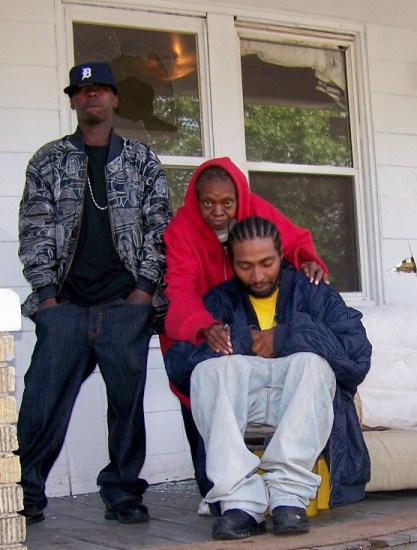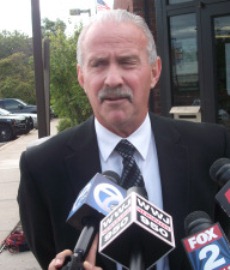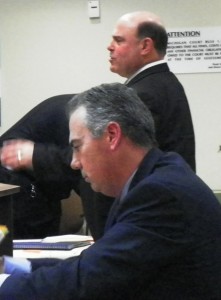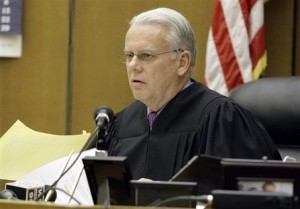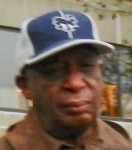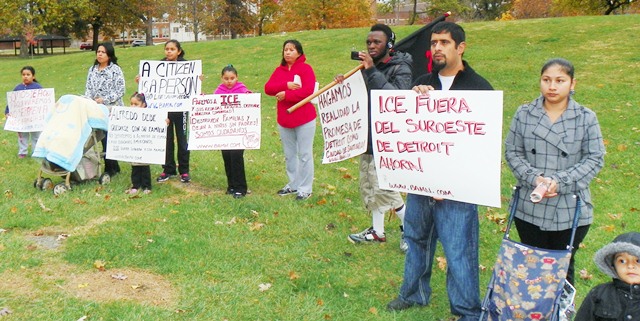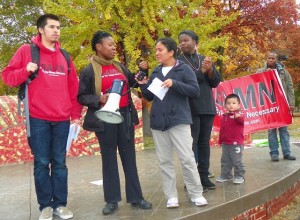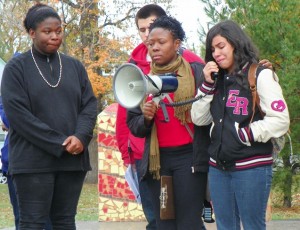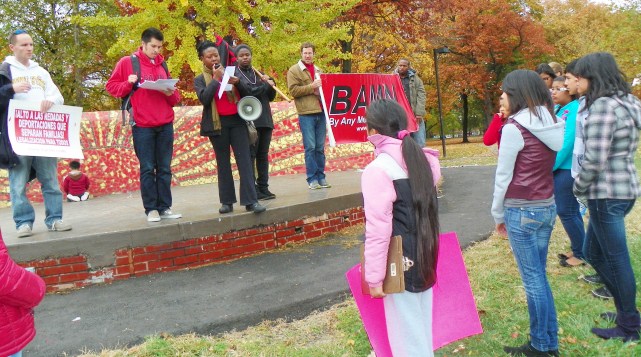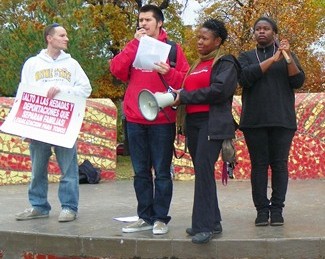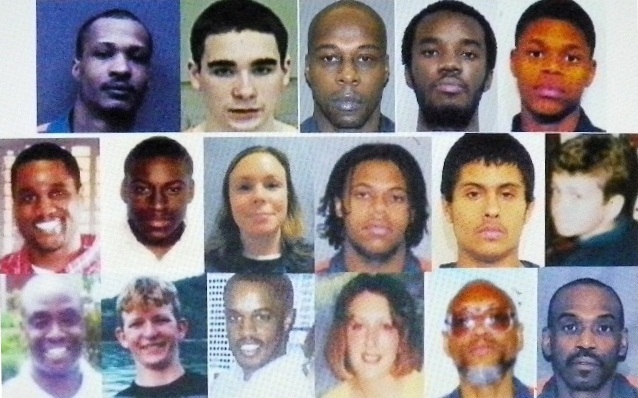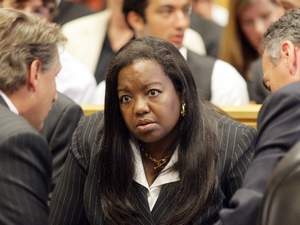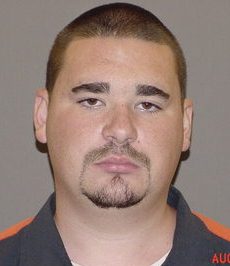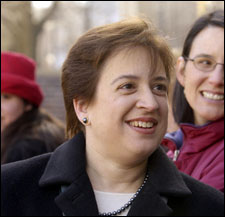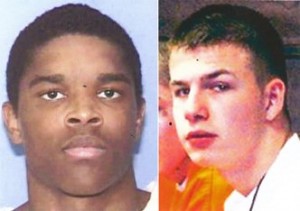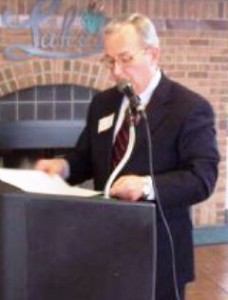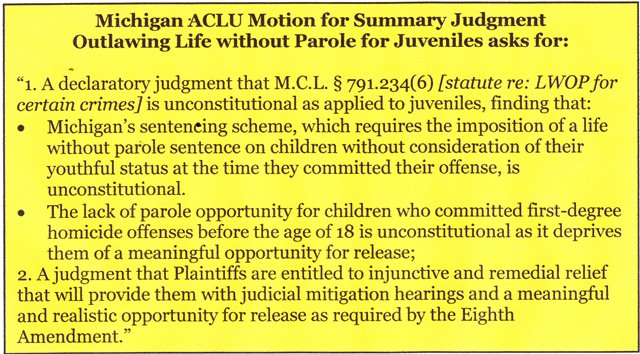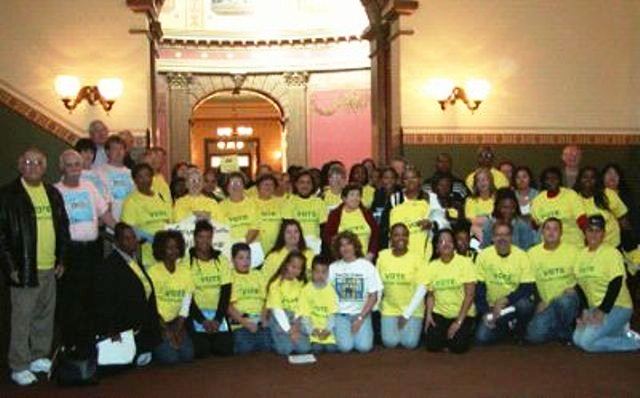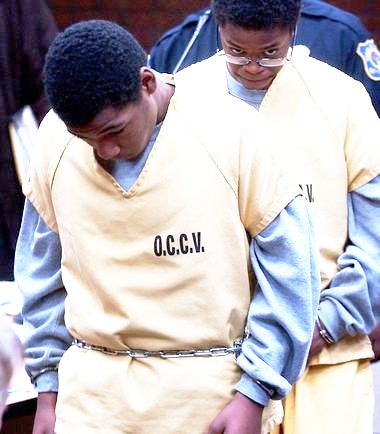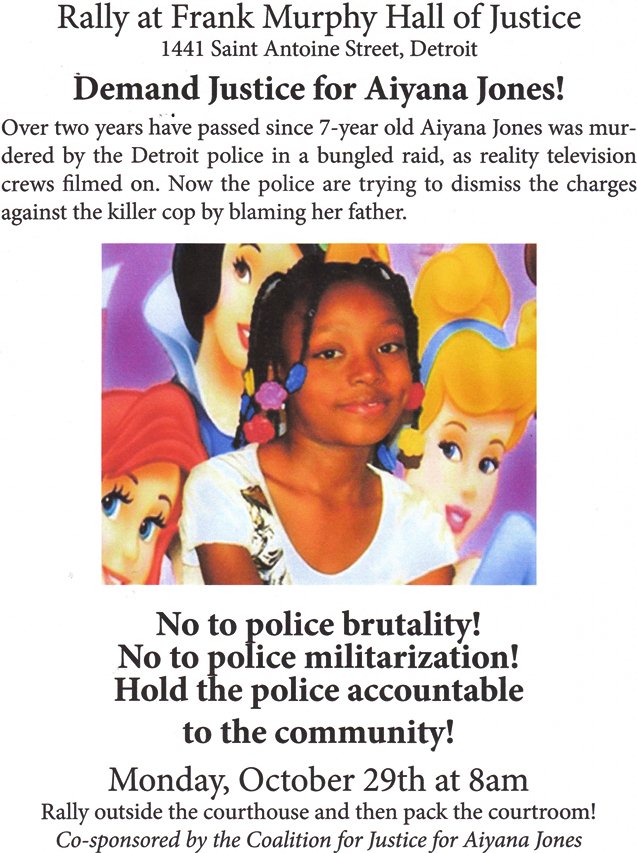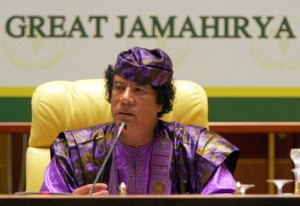- ANGELA DAVIS Welcome To Detroit!
- A No Struggle, No Development Production! By KennySnod
Published October 25, 2012
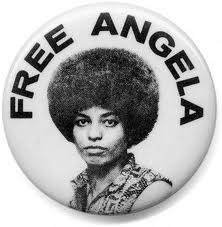 [Angela Y. Davis] Though her activism and scholarship over many decades, Angela Davis has been deeply involved in movements for social justice around the world. Her work as university educator has always emphasized the importance of building communities of struggle for economic, racial, and gender justice.
[Angela Y. Davis] Though her activism and scholarship over many decades, Angela Davis has been deeply involved in movements for social justice around the world. Her work as university educator has always emphasized the importance of building communities of struggle for economic, racial, and gender justice.
In the 1970’s, Angela Davis was brought up trumped-up charges of kidnapping, conspiracy, and murder and placed on the FBI’s Ten Most Wanted List, leading to her imprisonment for eighteen months. Her case, which highlighted a racist criminal justice system, led to international condemnation and the “Free Angela” movement. Committees from around the world, including Detroit, worked for Angela’s freedom until 1972, when she was acquitted of all charges at her trial.
Angela Davis is the author of nine books and has lectured throughout the US and the world. She also one of the founding members of Critical Resistance, a national organization dedicated to the dismantling of the prison industrial complex.
In Struggle, Development and Unity
Kenny
Internal change bases External, Qualitative change bring Quantitative, Universal connection Opposites, Negation of Negation
Kenneth Snodgrass –
Author of “From Victimization to Empowerment
The Challenge Of African American Leadership
The Need of Real Power”
Website: www.trafford.com/07-0913
eBook available at http://ebookstore.sony.com/search?keyword=Kenneth+Snodgrass
Author of “The World As I’ve Seen It! My Greatest Experience!”
{ 12 x 12 Photo Book, 76 Pages & Over 205 Photos. By Kenneth Snodgrass }
KennySnod – Has 350 Video’s – over 109,550 hits, 4,400 hits a month @ www.YouTube.com/KennySnod
International freedom fighter, Communist focused on racism, prisons, undocumented workers, imperialist wars, women’s rights, Palestine
By Diane Bukowski
November 5, 2012
(VOD note: This story has been moved up to the eve of the elections because Prof. Davis called for mass struggle. See related articles on Jonathan Jackson and Green Party below this.)

- Prof. Angela Davis (second from left) on stage with (l to r) Councilwoman JoAnn Watson, UAW VP Cindy Estrada, Metro Detroit AFL-CIO President Chris Michalakis and others, while choir performs at Fellowship Chapel.
DETROIT – Some speakers at the packed “Welcome to Detroit, Angela Davis” rally Oct. 24 at Fellowship Chapel used it mainly as a mass “get out the vote” rally for Democratic U.S. President Barack Obama.
But during her speech, Professor Angela Davis, world-renowned freedom fighter and Communist, stressed the need for mass struggle against the forces of capitalism, racism, and militarism that are destroying the U.S. as well as countries across the globe. While she did not underestimate the historic nature of the election of a Black president in the U.S, calling it “earth-shaking,” she put it in context.
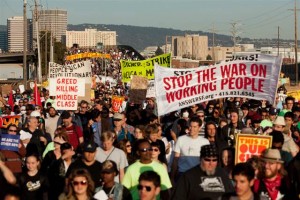
- Occupy Oakland converges on the Port of Oakland, shutting down docks and disrupting banks Nov 2, 2011.
“People forgot the limits of electoral politics,” Prof. Davis said, after describing the elation in the streets of her home city Oakland, California on Nov. 4, 2008. “We forgot that we were electing a President of the United States, the imperialist, militarist, racist, anti-union United States.”
Prof. Davis said she still believes Obama will be the most responsive of the two major party candidates to pressure from the people, noting that he is the first sitting President to endorse gay marriage. But she asked the audience to imagine how the last four years would have been if people had taken to the streets to bring change themselves.
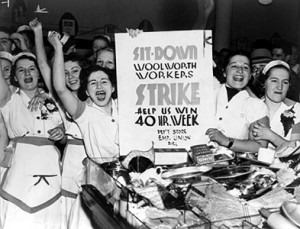
- Sitdown strikes paralyzed the U.S. in the wake of the historic plant sitdowns in Flint, Michigan, 1937.
“People were waiting for Obama to emerge as new FDR,” she said. “But was it really FDR who gave us on his own accord unemployment insurance and social security? No, it was the masses of the people in the street, struggles led by communists in the 1930’s, sit-down strikes, marches all over the country, unemployed councils, eviction defense committees. . . .We will never elect a president who will lead us to the promised land. We have to take it on ourselves. As the great Black poet June Jordan said, ‘We are the ones we have been waiting for.’”
She paid tribute to the Occupy Movement of 2011, saying, “If Occupy did nothing elese, it created an opportunity for us to talk openly and critically about capitalism. She then laid out a people’s agenda for the coming period including as major points:
An end to all union-busting and expansion of unionization. Prof Davis called the U.S. a “prison nation,” housing 25 percent of the world’s incarcerated people while representing only five percent of the world’s population. She called on the labor movement to organize prisoners, noting that a demand of the Attica Rebellion was a prisoners’ labor union. She recalled that prisoners in California formed such unions afterwards, demanding minimum wage and vacation pay. [Here in Michigan, prisoners at Jackson also formed the Michigan Prisoners Labor Union, which this author fought to support along with the Prisoners Solidarity Committee.]
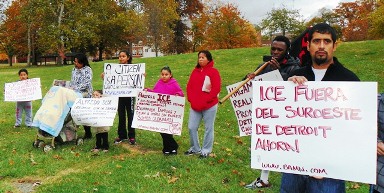
- Rally against ICE raids on undocumented workers, students and families in Clark Park, Detroit Oct. 20, 2012.
Support for undocumented workers.“It was undocumented workers who established the May 1 holiday,” Prof Davis said. “They taught us that our struggles always have to be anti-racist, anti-xenophobic, and not anti-communist. No human being is illegal. We want a world free of racism, poverty, homophobia, transphobia, a world that respects our environment. . . .Undocumented youth represent one of most important struggles for democracy today. Education not deportation! Education not incarceration!”
An end to U.S. imperialist military incursions. Prof. Davis noted that during the Obama administration, the U.S. moved from its occupation of Iraq to the occupation of Afghanistan, and has promoted “the most deadly form of Islamophobia.” She did not however, mention simultaneous U.S. military incursions into Africa and the rest of the Middle East in the wake of the bloody U.S.-NATO occupation and destruction of the African nation of Libya.
Support for women’s reproductive rights. Prof. Davis noted that Republican presidential candidate Mitt Romney has sworn to appoint Supreme Court Justices who would overturn Roe v. Wade. She added, however, “Roe v. Wade did not necessarily guarantee poor, Black, Latino women the right to an abortion if they so choose, because it was based on the right to privacy between women and doctors. What about all the women who don’t have doctors?”
A n end to the occupation of Palestine. “Since 1948, Israel has confiscated the land, natural resources and future of Palestinians. . . . this was not so much genocide, but rather conscious strategies causing the population to flee, de-territorialization, creating a land without people for a people without a land. Does that sound familiar?” At that point, people in the audience cried out “DETROIT, DETROIT.” Davis also drew the comparison to the forced movement of the indigenous people of the U.S., Native Americans, off their land.
n end to the occupation of Palestine. “Since 1948, Israel has confiscated the land, natural resources and future of Palestinians. . . . this was not so much genocide, but rather conscious strategies causing the population to flee, de-territorialization, creating a land without people for a people without a land. Does that sound familiar?” At that point, people in the audience cried out “DETROIT, DETROIT.” Davis also drew the comparison to the forced movement of the indigenous people of the U.S., Native Americans, off their land.
Support for the struggle of Black people in the U.S.including recognition of the role played internationally in that support. “Suppose there had not been international support for Black American struggles from Europe, Africa, Asia, and Latin America, where do you think we would be today?” Prof. Davis asked. “Many of the cases from the civil rights movement were publicized initially in the foreign press.”
Prof. Davis has been in Detroit many times, the last in 1994. But her 1972 appearance at the State Fairgrounds in Detroit, during a rally packed with 10,000 supporters, gives context to her appearance this year.
The photo at beginning of Kenny Snodgrass’ video above is from that rally, which celebrated Prof. Davis’ acquittal of capital charges related to the heroic courthouse rebellion by Jonathan Jackson and other prisoners in 1970, in support of Black Panther Party Field Marshal George Jackson and the Soledad Brothers.
It took place at a time when revolutionary spirit in the U.S. and abroad was at its height. That spirit must be renewed, particularly among the youth. Black youth in particular have been demonized, criminalized and incarcerated by the powers that be, but this must stop. Jonathan Jackson, 17, George Jackson, 20 when he was sent to prison, and Angela Davis, 26 at the time of her arrest, along with the Black Panther Party to which George Jackson belonged, showed the way for today’s youth.

